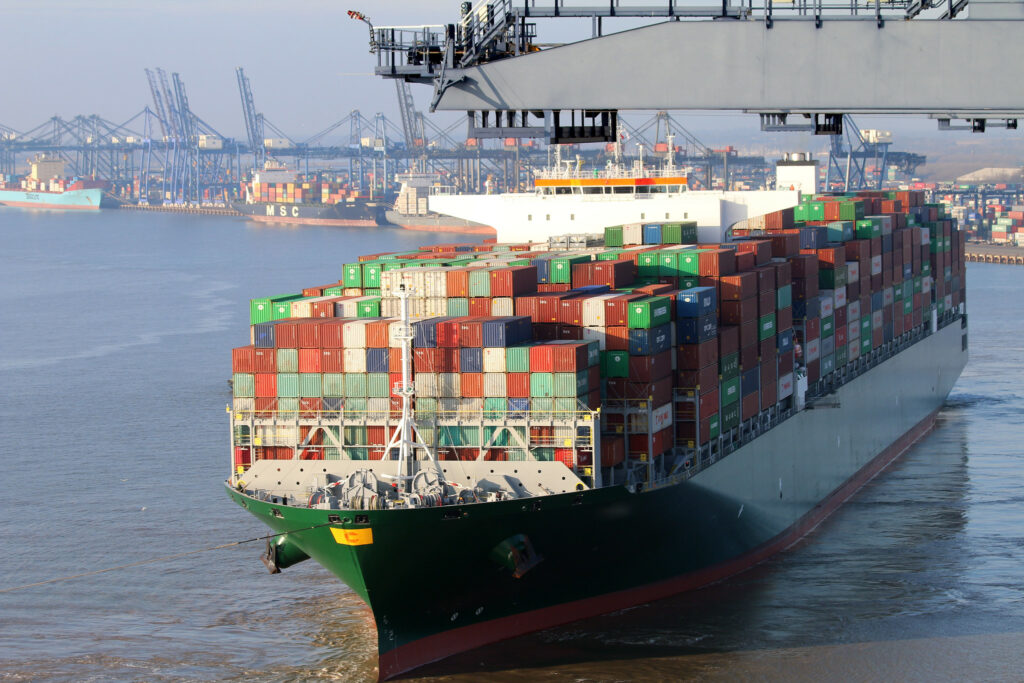Green hydrogen-based fuels are the best option for shipping’s green transition, report finds
2022-04-18 08:50 Release person:Schindler Logistics
April 15, 2022, by
Green hydrogen and green hydrogen-derived ammonia are the only scalable fuels that can achieve the emission reduction targets set forth in the Paris Agreement, a new report has found.

The report, entitled, was launched earlier this week by US-based nonprofit environmental advocacy group Ocean Conservancy and UK’s maritime consultancy UMAS.
The report discusses what alternative shipping fuels are already available and what a US transition to those fuels would look like.
To avert the direst consequences of climate change, the global economy needs to be decarbonized rapidly. In most cases, electrification and renewable energy sources present the best path forward.
However, for bulk shipping across the ocean, which is already responsible for 3% of global emissions and poised to grow, zero-emission fuels coupled with energy-saving devices is the best path to decarbonization.
“The United States is primed to lead the way in the transition to green fuels for the maritime sector,” Daniel Hubbell, shipping emissions campaign manager for Ocean Conservancy, pointed out.
“Producing green hydrogen-based fuels can kickstart the transition to new shipping fuels along promising green corridor routes within the U.S. and can make key down payments that will drive further investments in renewable energy and feed the demand for climate action within the global transportation sector.”
are two fuels that both have the potential to power shipping vessels while emitting zero greenhouse gases. Green hydrogen fuel is produced by splitting water molecules into hydrogen using renewable energy, whilst nitrogen is separated from the air renewably and added to form green ammonia.
Other forms of hydrogen fuels, such as grey, blue or brown, rely on a mixture of fossil fuels and hydrogen that will continue to emit carbon dioxide and uphold fossil fuel infrastructure. Currently, existing grey and brown hydrogen production methods emit the same amount of carbon dioxide as about one-third of the European Union.
Methane leakage throughout the production process is another reason for concern when producing grey or blue hydrogen because of its potency as a greenhouse gas – it’s 81 times more efficient at warming our atmosphere over a 20-year period than carbon dioxide is. Relying on carbon capture technologies to reduce the greenhouse gas emissions generated by the production of these types of hydrogen will require huge investments and the technology is not yet capable of capturing carbon dioxide efficiently enough, according to the report.
“The forthcoming decade is crucial for the US to initiate the transition to scalable zero emission fuels (SZEF) in the maritime sector and become a leader in the global shift away from fossil fuels. To fulfill the ambitious targets set by the new administration, the Department of Energy must revise its hydrogen strategy and put a far greater emphasis on green hydrogen production, coupled with an extensive expansion of renewable energy capacity,” Joe Taylor, Consultant at UMAS and lead author of the report, said.
The US government has committed to helping the industry achieve zero emissions by 2050 and taken up leaderships on key global initiatives to adopt the use of zero-emission fuels including , the and the.
Domestically, the US already has the technology expertise and energy infrastructure that make it well suited to adopt zero-emission fuels along shipping routes on both the east and west coasts of the country, the report said.
Transitioning the shipping industry to zero-emission fuels, notably green hydrogen, needs to happen as rapidly as possible and will require both financial and strategic support from the US government. The government must rethink the Department of Energy’s hydrogen program plan, increase its renewable energy production, and take advantage of the existing – which account for 10% of shipping’s total fuel consumption – that are already ideal for transitioning this decade, the report concluded.




